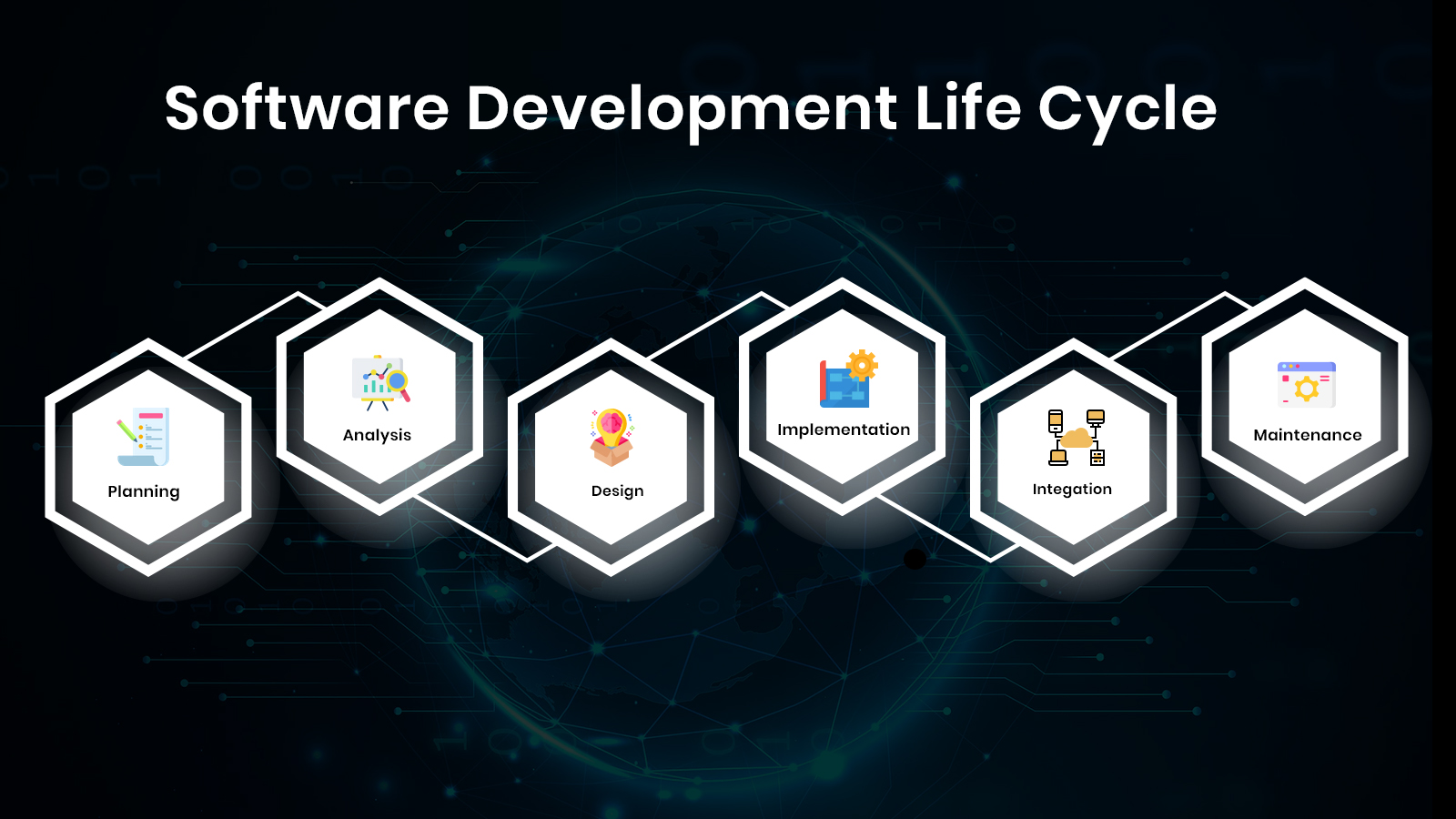When you develop software, you need to follow some process to prevent ambiguity, miscommunication and delays. A software development process transforms requirements into a software system and is used to organize and prescribe the activities that are necessary to write software. Thought there is no precise algorithm to get a correct system in place, but a well-defined process can help you in achieving success. A software process essentially contains a detailed series of steps and activities that a developer has to follow to produce a software system.
In a broader sense, a software development process includes all that is involved between the conception and final manifestation of a software product, such as its specifications, frameworks, writing and maintaining source code and creating and maintaining applications. It may also include:
- Prototyping
- Modifications
- Reengineering, and
- Maintenance of the software product.
System software and embedded software
A software can be developed to meet specific needs of the client or for other purposes, such as automating a mundane task. System software underlies programming and applications process itself, while and embedded software requires the integration of the process with the development of the controlled physical product.
Characteristics of a good software development process
A good software process has the following characteristics. It is
- Repeatable
- Learnable
- Predicable
- Measurable, and
- Improvable
Software development lifecycle process
A software development lifecycle (SDLC) process covers complete lifecycle of software, right from its inception to retirement. SDLC leads to the development of a software product in a systematic and disciplined manner.
A SDLC may have the below key phases:
Identification of needs and analysis:
Information is collected from the customers about the software’s needs and features, and ambiguities resolved. SRS or Software Requirement Specification document is created by the developer for future review by the customer.
Planning:
Clients often have an abstract idea of what they want from the software but do not know what it should do. Software engineers can solve it for the client by removing the ambiguity and contradictory requirements during the planning phase and demonstrating it by live code to reduce the risk and to ensure that the requirements are complete and consistent, as volatility in requirements may impact the future or ongoing development efforts by the team members.
Designing of software:
Requirements gathered in SRS document are used in this phase as an input and software architecture is derived for implementing system development.
Coding of software:
The software designed is translated into source code at the coding and implementation phase, and its all components are implemented before testing for viability.
Testing of the software:
The software is tested thoroughly once the modules are released and any defects fixed to ensure that there are no issues in the final deployment phase. SRS document is referred by the testers to ensure that the software has been developed as per the specifications of the client.
Deployment of the software system:
The developed software system is deployed in the production environment and User Acceptance Testing or UAT is done to test its all functionalities and features.
Maintenance of the product:
Once the software product has been tested and successfully deployed, any issues that come up or the customer’s needs for enhancements and upgrades are taken care of by the development team. Maintenance may be needed on regular basis to fix the reported issues and keep the software up and running at all times.
Importance of software development method
It’s important to have a clearly-defined method for software development to benefit with the below:
- There will be a common vocabulary for each functional team that will remove ambiguity.
- Clear roles and responsibilities will be defined for each member of the process development team.
- There will be clearly defined inputs and outputs from one process step to the next one.
- Well-defined communication channels will be established between the development teams and other stakeholders.
- With a definitive definition of what constitutes a step as “done”, it will be possible for the team members to ascertain whether a step is truly complete.
Quality control in software development process
There has been a consistent need for better quality control of software development process which led to the development of software engineering that utilizes a systematic approach exemplified in the engineering paradigm to the software development process.
Achieving success with cross-functional teams for working functionality
To achieve success in large, complex software projects, a software development company needs to employ cross-functional teams with end-to-end ownership of application modules as functionally organized teams may prove to be counter-productive as they take ownership only of a particular part of the software development process that may cause hindrances in smooth delivery of the working functionality to the end user. This will ensure a tightly-knit group that will take responsibility of the whole process, and would be able to ultimately deliver the desired functionality to the users. It also ensures reduced rework and better communication due to improved coordination among disciplines. There will be shorter iterations, so waiting time is greatly reduced when developers need to fix the issues.
With clearly defined success and utilizing effective project management methodologies, one may ensure that the software development process runs smoothly and the product is delivered successfully to the clients.


 Jeet
Jeet


